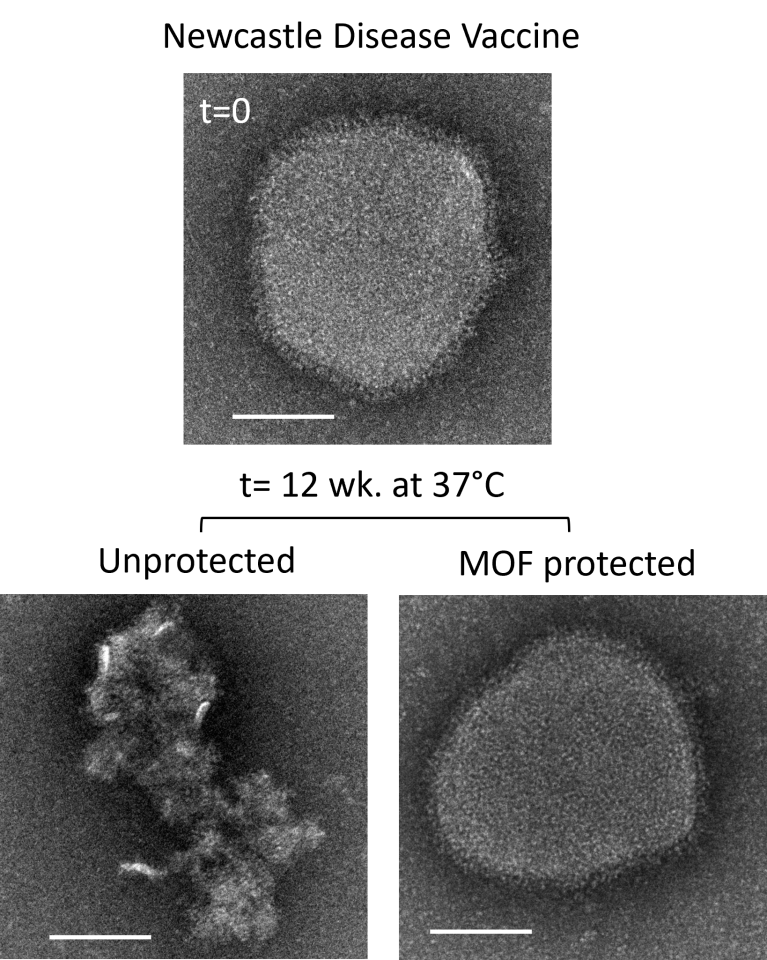Researchers at Australia’s CSIRO have demonstrated a new way to protect the integrity of vaccines against high temperatures. A proof-of-concept study has shown the method keeping vaccines viable at temperatures up to 37 degrees Celsius for three months.
“Vaccination is undoubtedly one of the most effective medical interventions, saving millions of lives each year, however, delivering vaccines, particularly to developing countries, is challenging because they often lack the cold storage supply chains required to keep the vaccine viable,” explained Daniel Layton, a researcher working on the project.
The World Health Organization has estimated that more than 50 percent of vaccines go to waste every year. And one of the key contributors to that wastage is the challenge in keeping vaccines at stable cold temperatures.
Most vaccines need to be kept within a temperature range of 2-8 °C (35-46 °F) in order to prevent degradation. Some vaccines, particularly new mRNA vaccines, need to be kept at even colder, sub-zero temperatures.
The new innovation uses a porous, dissolvable, crystalline material known as a metal-organic framework (MOF). The material coats the vaccine molecules, protecting them from heat degradation until the vaccine needs to be administered. At that point a solution is added to dissolve the MOF coatings and the vaccine is administered as usual.
“MOFs are a porous crystalline material that can grow around the vaccine to form a scaffold that protects against temperature variations,” said senior scientist on the project, Cara Doherty. “MOFs work similarly to a scaffold you might put around your house, once you remove the scaffold, your house remains – which is what happens when we dissolve the MOFs in a vaccine.”

Dr Ruhani Singh and Dr Jacinta White
To test the new technique researchers looked to a pair of commonly used live virus vaccines. These two vaccines, one for a poultry disease and the other for influenza, generally degrade within days if not stored in a refrigerator.
“Live virus vaccines are extremely effective, but their complex composition makes them susceptible to high temperatures, and a universal stabilization technique has not been found,” said Layton.
The successful experiments showed the MOF coatings protected the two vaccines for 12 weeks at both room temperatures and up to 37 °C (98 °F). Comprehensive imaging showed the vaccines were still viable after three months of unrefrigerated storage.
The researchers note there is still more work to do before the coatings can be commercialized and deployed in the real world as the MOF coating needs optimization and testing on other kinds of vaccines such as mRNA.
But, lead author on the new study, Ruhani Singh, is optimistic this new method will significantly increase access to vaccines across the world. Singh says the technique is cheap and easily scalable, meaning it can swiftly slip into current vaccine manufacturing processes.
“This world-first approach of stabilizing a vaccine with MOFs is simple, rapid, and scalable because it takes one-step,” said Singh.
The new study was published in the journal Acta Biomaterialia.
Source: CSIRO
Source of Article